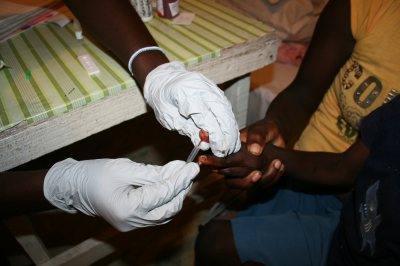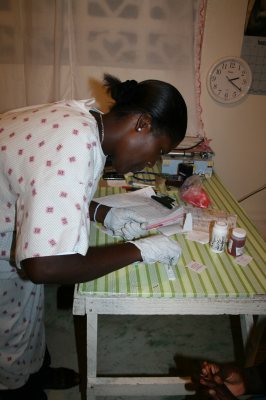Malaria – Facts and figures |
|
Every year, malaria kills 1-2 million people and infects 300-500 million. 90% of deaths occur in sub-Saharan Africa. The disease is present in over 100 countries, threatening 40% of the world’s population.Malaria is caused by four species of Plasmodium protozoa (single-cell parasites): Plasmodium falciparum, vivax, ovale and malariae. Of the four species, Plasmodium falciparum is responsible for most deaths. The parasite transmission by Anopheline mosquitoes is affected by climate and geography, and is often highest during the rainy season.Symptoms of malaria include fever, shivering, pain in the joints, headaches, repeated vomiting, convulsions and coma. If left untreated, the disease – particularly that caused by P. falciparum – may progress to severe malaria and sometimes death.Malaria remains the first cause of death for children under five in Africa – it kills one child every thirty seconds worldwide. The disease also seriously affects children’s future: they may suffer neurological after-effects and impaired learning ability.Malaria not only cuts lives short but has a huge socio-economic impact: patients are often bedridden and incapable of carrying out normal daily activities. The disease causes considerable loss of income and places a heavy burden on families, health systems and society as a whole. |
-
Malaria is endemic in 109 countries and territories in tropical and subtropical regions, with sub-Saharan Africa hardest hit. Between 190 million to 330 million cases of clinical malaria occur each year.
-
Malaria kills about one million people every year.
-
Approximately 90 per cent of all malaria deaths currently occur in sub-Saharan Africa, and most of these deaths are among children under five years of age.
-
Malaria is a leading cause of under-five mortality in Africa (16 per cent).
-
Malaria is both treatable, with Artemesinin-based Combination Therapy (ACT), and preventable through insecticide-treated nets (ITNs) and indoor residual spraying.
The test costs about $1 each from Science With A Mission and treatment is around $0.33.




